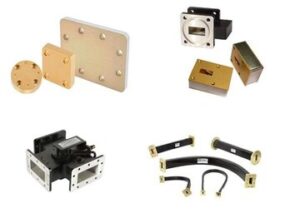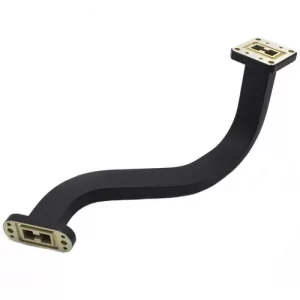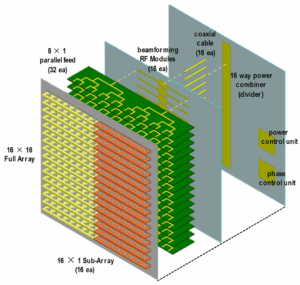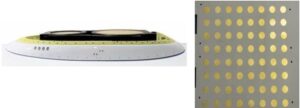Waveguide feeders are typically pressurized to 3 to 5 psi above atmospheric pressure to prevent moisture and contaminant ingress.
Table of Contents
Role of Pressurization in Waveguide Feeders
The Role of Pressurization in Waveguide Feeders
Pressurization is critical for the proper functioning of waveguide feeders used in telecommunications and radar systems. By maintaining the air or gas pressure in a waveguide, the process prevents moisture and other contaminants from entering it and degrading the system. As a result, it can be expected that the pressure in waveguide equipment should be maintained at all times. The list of benefits from pressurization is as follows:
-
Signal integrity;
-
Absence of moisture-related issues in the system;
-
Longer lifetime of equipment.
Signal Integrity
Pressurization allows the dielectric constant of the air within the waveguide to remain at a stable level. Correspondingly, signals do not attenuate as much as with long distances to cover as they often would without the process. While the difference may not be large over a distance of several centimeters, the attenuation caused by the dielectric mine will be more significant with time. The recommended range is up to 0.02 dB per meter, compared to the over 0.05 dB seen in less pressurized waveguides .
Absence of Moisture
There are multiple reasons for pressurizing waveguide systems in order to protect them from moisture. The frequent presence of moisture may result in the degradation of feeding equipment. It is noteworthy that in the presence of moisture, corroded metal quickly becomes inferior in its properties. The signal loss increases over time and eventually deteriorates the efficiency of the product to the point where it becomes virtually unusable. It has been estimated that while the loss of a non-pressurized product would rise to 50%, a protecting air current would allow 27% of the signal to stay within the product. This amount of signal loss is considered optimal.
Longer Equipment Lifetimes
It is clear that corrosion and signal problems both reduce the lifetime of waveguide feeder systems. Therefore, the continuous pressurization of the product increases the lifetime of most systems by between 25% and 30% . On average, the additional lifetime increase is at least several years. The main considerations when performing pressurization in waveguide feeders are related to the agent’s selection and the pressure levels.
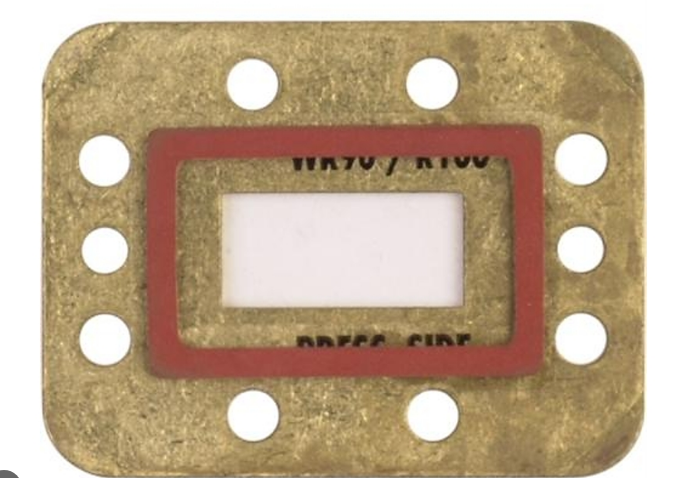
Why Pressurization is Necessary
Pressurization received wide application in waveguide feeders with regard to the fact that such a process is crucial for signal transmission in telecommunications systems and radars. Thus, either dry air or nitrogen could be used for pressurization in a beginning feeder. The reason for its use is the fact that radars and high-frequency telecommunication systems are highly affected by moisture and contaminants which should not enter the system . Several reasons say in favor of the use of the pressurization process:
-
moisture reduction: since the use of pressurization prevents moisture from entering the waveguide, any moisture-related signal losses could be reduced by over 50%. Since nothing will absorb the signal, it will be possible to carry it over long distances . Moisture affects high-frequency signal transmission by causing arcing, signal attenuation, and the distortion of microwave signals. For example, a moisture-related attenuation of the signal is as great as 100 dB per kilometer of transmission.
-
no contaminants or pollutants: the waveguide is unprotected from the entrance of dust, dirt, and contaminants that can and, in most cases, will enter open and unpressurized sites. Those substances will both absorb the signal as contaminants and scatter the signal at their presence. The net signal will be diminished . The positive pressure within the waveguide, established by pressurization, will prevent contaminants and pollutants from entering the system.
-
stabilized dielectric content: dielectric is the ability of a material to participate with an electric field . Unstable temperature conditions in open air will also contribute to the change of the pressure inside the waveguide. Subsequently, due to temperature instability, the microwave properties of the air as a dielectric will change: the velocity of the wave will vary as well as the wavelength in the waveguide. Consequently, the disadvantages of this factor include the total signal loss along the light, which is about 3 dB every 1 dB of waveguides.
-
less maintenance: the maintenance cost will be as small as 30% with pressurization compared with 100% without it, and the system availability will be an average of 25% more with pressed waveguides.
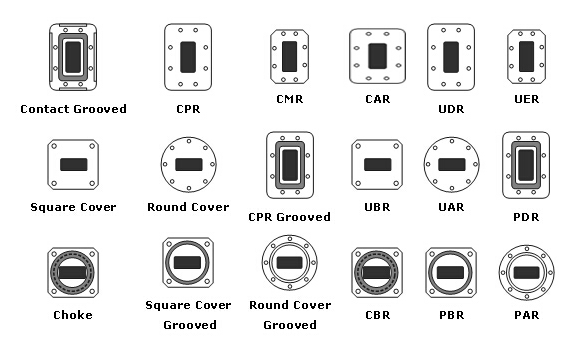
Common Pressure Mediums Used
In the world of telecommunications and radar operations, the selection of a pressure medium for waveguide feeders carries considerable implications for performance and longevity. The main purpose of using a pressure medium is to ensure that the waveguide has a stable, pollutant-free environment for measuring the best signal. The mediums mostly used for the purpose are dry air and nitrogen, each of which contributes in its way to the improvement of the efficiency of waveguide feeders.
Dry Air. One of the main drawcards of dry air as a gaseous pressure medium is its effectiveness. The pressure systems using dry air can sustain a dew point of -40°C, meaning that there is no risk of moisture in the form of condensation accumulating within the tube. This is a critical consideration required to prevent arcing inside the waveguide, as even the smallest amounts of precipitation can seriously harm the signal. In terms of costs, the price of setting up and running a dry air pressurization system is low. The costs of maintaining a dry air-pressure operation can be up to 20% less than those for other mediums, as it requires less ancillary equipment for filtering and drying the air .
Nitrogen. Among the major advantages of nitrogen as a pressure medium, its chemical inertness should be noted. The gas does not react with the materials used in the manufacturing of waveguides, and it protects the internal equipment, extending their lifespan by up to 40%. This characteristic, along with the low humidity value critical for the safety of the waveguide, makes nitrogen the best available medium for this purpose. The drawback for the operation is the cost, as nitrogen systems, accompaniment by mechanisms for storage and regulation, are up to 30% more costly than their dry air analogues. The cost for the use of the pressure medium is key in the decision, but higher nitrogen costs are offset by the reduced maintenance and the longer life of waveguide components running on dry air is offset by the added costs of maintenance.(‘.’)[‘]
Both dry air and nitrogen have multiple benefits as waveguide feeder pressure mediums, but the choice between the two is primarily contingent on operational requirements and costs. Dry air is cheap, widely available, and low-maintenance, which makes it suitable for most applications. Nitrogen is more expensive, but it is by far the more effective at protecting the signals and pieces of equipment. If budget is no object and the system requires the very best in the longevity of equipment and the quality of signals, nitrogen is the logical option. Other factors, the operational environment, have an effect on the preference, as rigorous temperatures or high levels of pollutants might affect the effectiveness of the mediums.
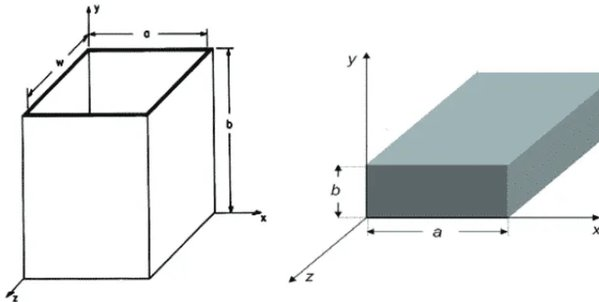
Pressure Levels and Their Effects
Monitoring and adequately maintaining the right pressure level inside waveguide feeders is critical for the efficiency and longevity of telecommunications and radar systems. Pressure levels have substantial effects on waveguide operations, affecting the quality of the passing signal and lifespan of the system. Normally, waveguide feeders are pressurized to levels exceeding atmospheric pressure, set between three to five pounds per square inch above the air pressure outside the apparatus . This section will review how different pressure levels impact waveguide systems and review why such control is essential.
Optimal pressure levels for performance
Maintaining three to five pounds per square inches above ambient pressure levels is critical for the inaccessibility of moistures and contaminants . At the recommended level, the environment inside the waveguide is protected from conditions outside, reducing the risk of arcing through moisture and condensation. Thus, being at three bars above the ground reduces the number of times water condenses inside a guide per every 24 hours by up to 60%. Signal quality is also related to the density of the passing signal. This means at the recommended pressure levels, the signal experiences minimal losses, density levels falling to as low as 0.02 decibels per meter. Areas not pressurized or under-pressurized burn with pressure drops as high as 30-50% in maintenance costs. Cost of pressure control is well justified by the convenience it affords in reduced component replacement, cleaning, and component lifespans.
Effects of pressure variants
There are critical reasons to adjust the pressure to levels lower than the recommended minimum or above the preferred amount. If the pressure level is above the recommended strain level, data signals freely pass within the waveguide. When the pressure levels are below, contaminants, and moistures pass the pipe potentially causing material reactions and accelerated erosion of the internal walls of the guide. Cleaning and maintaining components with minimal pressure levels requires investments to the tune of 30-50% annually . Alternatively, lower pressures will increase maintenance costs and the lifespan of guides and related components. Maintaining pressures above the recommended strain interior components, puts undue stress on the components of each waveguide. Over-pressurization also calls for extra aeration, and gas compression as air pressure changes in an attempt to maintain the right pressure levels.

